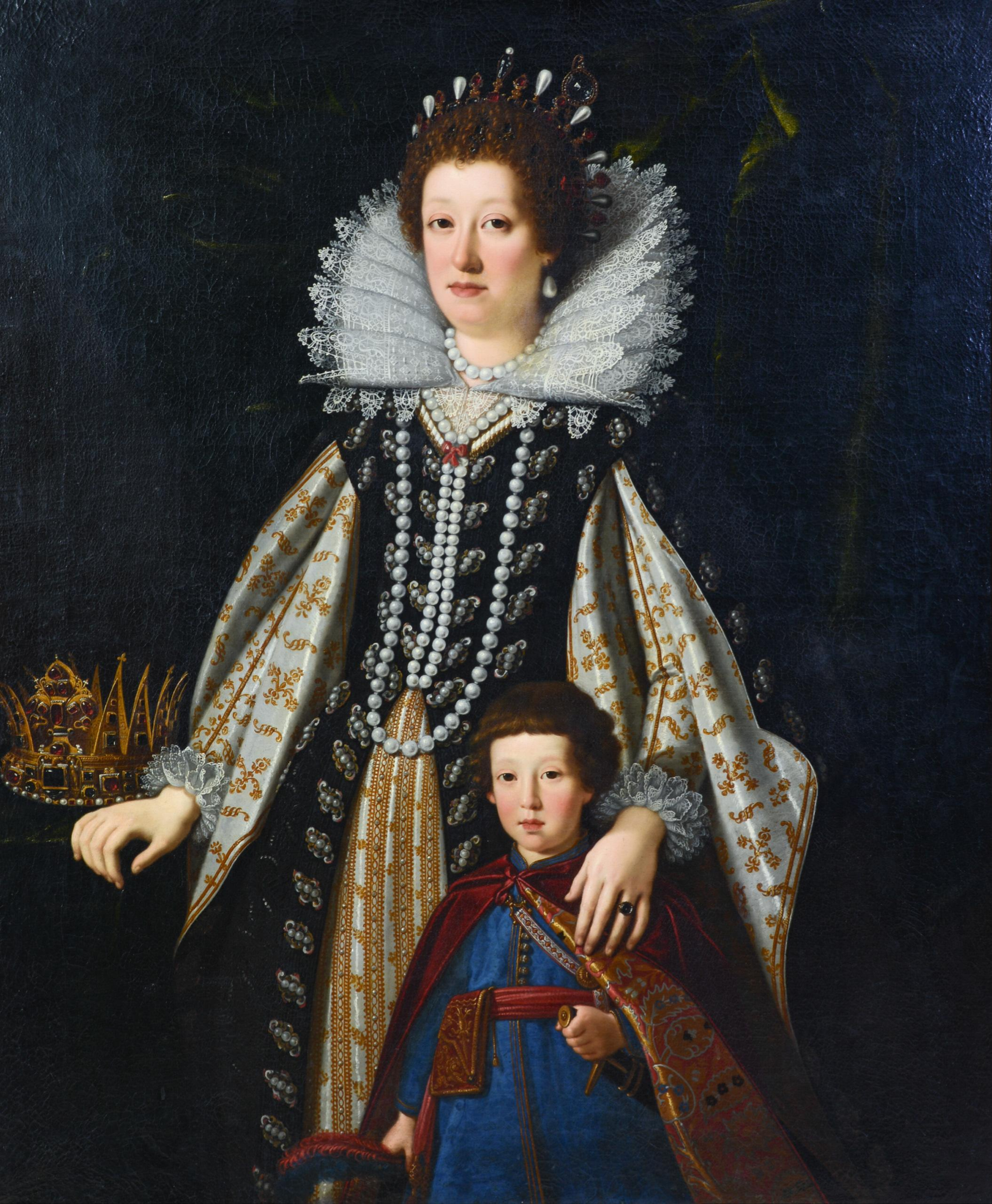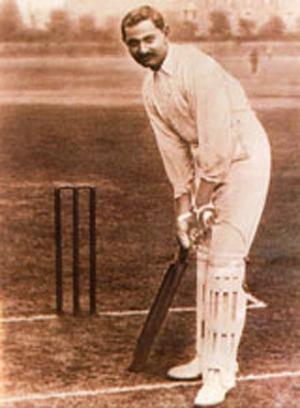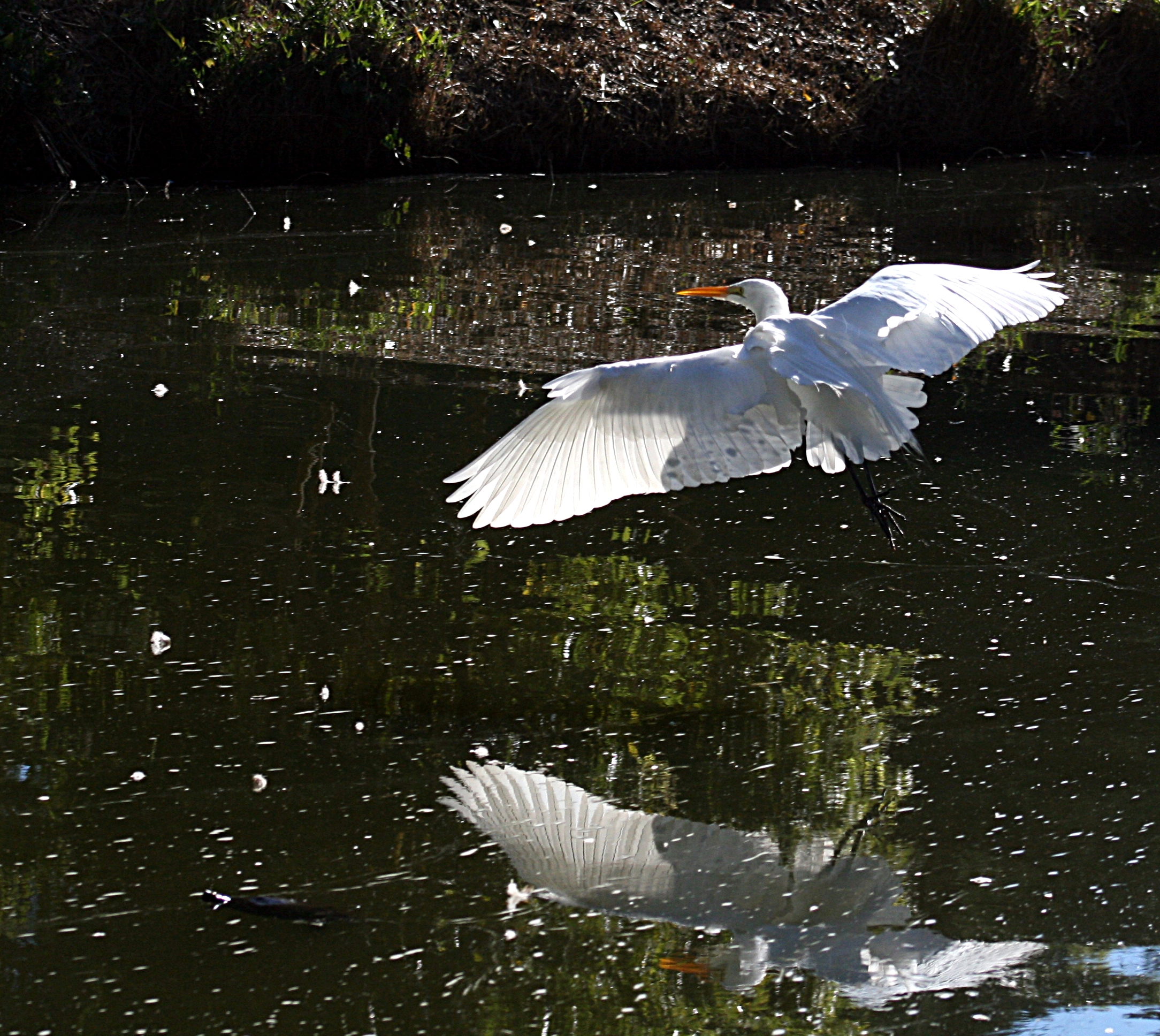|
Aigrette
The term aigrette (; from the French for egret, or ''lesser white heron'') refers to the tufted crest or head-plumes of the egret, used for adorning a headdress. The word may also identify any similar ornament, in gems. History and description Aigrettes, studded with diamonds and rubies, decorated the turbans of Ottoman sultans or the ceremonial chamfron of their horses. Several of these aigrettes are on display in the Treasury of the Topkapı Palace in Istanbul, Turkey. An aigrette was also formerly worn by certain ranks of officers in the French army. Jewelled aigrettes and "diamond feathers" worn at the English court of James VI and I and Anne of Denmark are associated with the goldsmith Arnold Lulls whose book of designs still survives. During the late 19th and early 20th centuries a fad in women's fashion for wearing extravagant and fanciful aigrettes resulted in large numbers of egrets and other birds being slaughtered by plume hunters for the millinery industry, unti ... [...More Info...] [...Related Items...] OR: [Wikipedia] [Google] [Baidu] |
Aigrette (PSF)
The term aigrette (; from the French language, French for egret, or ''lesser white heron'') refers to the tufted crest or head-plumes of the egret, used for adorning a headdress. The word may also identify any similar ornament, in Gemstone, gems. History and description Aigrettes, studded with diamonds and rubies, decorated the turbans of Ottoman Empire, Ottoman sultans or the ceremonial chamfron of their horses. Several of these aigrettes are on display in the Treasury of the Topkapı Palace in Istanbul, Turkey. An aigrette was also formerly worn by certain ranks of officers in the French army. Jewelled aigrettes and "diamond feathers" worn at the English court of James VI and I and Anne of Denmark are associated with the goldsmith Arnold Lulls whose book of designs still survives. During the late 19th and early 20th centuries a fad in women's fashion for wearing extravagant and fanciful aigrettes resulted in large numbers of egrets and other birds being slaughtered by plume ... [...More Info...] [...Related Items...] OR: [Wikipedia] [Google] [Baidu] |
Arnold Lulls
Arnold Lulls (floruit 1580–1625) was a Flemish goldsmith and jeweller in London. He served the court and made several pieces intended as diplomatic gifts. Career He was born in Antwerp, and settled in London before 1585, and became a denizen of England in 1618. Lulls was also involved in importing goods with other members of the family, his brothers Peter Lulls of Hamburg and Hans or Jehan Lulls. In 1597 they complained to Sir Robert Cecil about their cargo on the ''Griffin'' which was taken by the Earl of Cumberland and Sir Thomas Garrard. In May 1607 he and several residents in Billingsgate were exempted from paying a tax or subsidy. In 1604 he provided jewels to the Spanish ambassador, the Count of Villamediana to give to the ladies in waiting of Anne of Denmark. The Countess of Derby, Elizabeth de Vere received a jewel set with diamonds worth about £230 supplied by Lulls. The ambassador bought most of the jewels in Brussels. Lulls worked as a partner of John Spilman and W ... [...More Info...] [...Related Items...] OR: [Wikipedia] [Google] [Baidu] |
Florentine Diamond
The Florentine Diamond is a lost diamond of Indian origin. It is light yellow in colour with very slight green overtones. It is cut in the form of an irregular (although very intricate) nine-sided 126-facet double rose cut, with a weight of 137.27 carats (27.454 g). The stone is also known as the Tuscan, the Tuscany Diamond, the Grand Duke of Tuscany, the Austrian Diamond, Austrian Yellow Diamond, and the Dufner Diamond. History The stone's origins are disputed. Reportedly, it has been cut by Lodewyk van Bercken for Charles the Bold, Duke of Burgundy. Charles is said to have been wearing it when he fell in the Battle of Morat on 22 June 1476. A peasant or foot soldier found it on the Duke's person and sold it for 2 francs, thinking it was glass. The new owner Bartholomew May, a citizen of Bern, sold it to the Genoese, who sold it in turn to Ludovico Sforza. By way of the Fuggers it came into the Medici treasury at Florence. Pope Julius II is also named as one of its owners. ... [...More Info...] [...Related Items...] OR: [Wikipedia] [Google] [Baidu] |
Plume Hunting
Plume hunting is the hunting of wild birds to harvest their feathers, especially the more decorative plumes which were sold for use as ornamentation, such as aigrettes in millinery. The movement against the plume trade in the United Kingdom was led by Etta Lemon and other women and led to the establishment of the Royal Society for the Protection of Birds. The plume trade was at its height in the late 19th and was brought to an end in the early 20th century. By the late 19th century, plume hunters had nearly wiped out the snowy egret population of the United States. Flamingoes, roseate spoonbills, great egrets and peafowl have also been targeted by plume hunters. The Empress of Germany's bird of paradise was also a popular target of plume hunters. Victorian era fashion included large hats with wide brims decorated in elaborate creations of silk flowers, ribbons, and exotic plumes. Hats sometimes included entire exotic birds that had been stuffed. Plumage often came from ... [...More Info...] [...Related Items...] OR: [Wikipedia] [Google] [Baidu] |
Topkapı Palace
The Topkapı Palace ( tr, Topkapı Sarayı; ota, طوپقپو سرايى, ṭopḳapu sarāyı, lit=cannon gate palace), or the Seraglio A seraglio, serail, seray or saray (from fa, سرای, sarāy, palace, via Turkish and Italian) is a castle, palace or government building which was considered to have particular administrative importance in various parts of the former Ott ..., is a large museum in the east of the Fatih List of districts of Istanbul, district of Istanbul in Turkey. From the 1460s to the completion of Dolmabahçe Palace in 1856, it served as the administrative center of the Ottoman Empire, and was the main residence of its sultans until the 17th century. Construction, ordered by the Sultan Mehmed the Conqueror, began in 1459, six years after the Fall of Constantinople, conquest of Constantinople. Topkapı was originally called the "New Palace" (''Yeni Saray'' or ''Saray-ı Cedîd-i Âmire'') to distinguish it from the Eski Saray, Old Palace (''Eski Sar ... [...More Info...] [...Related Items...] OR: [Wikipedia] [Google] [Baidu] |
Chelengk
A chelengk ( ota, چـلنك; tr, çelenk; ) was a military decoration of the Ottoman Empire. Turkish military award Originally a ''çelenk'' was "a bird's feather which one attaches to the turban as a sign of bravery" but by the end of the 18th century, the ' had become institutionalized in Ottoman military practice and continued to be awarded for military merit up to the 1820s. It was a jewelled aigrette consisting of a central flower with leaves and buds, and upward-facing rays. In modern Turkish, a ' is a wreath or garland, a circular decoration made from flowers and leaves, usually arranged as an ornament. Gifts to non-Turkish naval heroes A specially-made chelengk was awarded to Horatio Nelson, 1st Viscount Nelson, Horatio Nelson by Sultan Selim III in honour of the Battle of the Nile in 1798. This was the first time that a chelengk was conferred on a non-Ottoman. The usual seven rays were augmented to thirteen, as described in a contemporary letter: Nelson's chel ... [...More Info...] [...Related Items...] OR: [Wikipedia] [Google] [Baidu] |
Nawanagar State
Nawanagar was an Indian princely state in the historical Halar region, located on the southern shores of the Gulf of Kutch. It was ruled by the Jadeja Rajput dynasty and became the part of newly formed India. The city is now known as Jamnagar. It had an area of and a population estimated at 336,779 in 1901. Its rulers, who use the title of "Jam Saheb" are of the same clan as the Cutch State, Rao of Kutch. They were entitled to a 13-gun salute. The state flag was a rectangular red flag with a white elephant, near and facing the hoist. During the British Raj, British, the state was part of the Kathiawar Agency, within the Gujarat Division of Bombay Presidency. The state had a pearl fishery and much of its wealth came from this. Nawanagar is also famous for its late ruler Jam Saheb Ranjitsinhji (died 1933), who was a famous cricket player at Cambridge in England before his accession to the throne. History Nawanagar was founded in 1540 by Jam Rawal, Jam Sri Rawalji, a descendant ... [...More Info...] [...Related Items...] OR: [Wikipedia] [Google] [Baidu] |
Egret
Egrets ( ) are herons, generally long-legged wading birds, that have white or buff plumage, developing fine plumes (usually milky white) during the breeding season. Egrets are not a biologically distinct group from herons and have the same build. Biology Many egrets are members of the genera ''Egretta'' or '' Ardea'', which also contain other species named as herons rather than egrets. The distinction between a heron and an egret is rather vague, and depends more on appearance than biology. The word "egret" comes from the French word ''aigrette'' that means both "silver heron" and "brush", referring to the long, filamentous feathers that seem to cascade down an egret's back during the breeding season (also called "egrets"). Several of the egrets have been reclassified from one genus to another in recent years; the great egret, for example, has been classified as a member of either ''Casmerodius'', ''Egretta'', or ''Ardea''. In the 19th and early part of the 20th centuries, s ... [...More Info...] [...Related Items...] OR: [Wikipedia] [Google] [Baidu] |
Chamfron
Barding (also spelled ''bard'' or ''barb'') is body armour for Horses in warfare, war horses. The practice of armoring horses was first extensively developed in antiquity in the eastern kingdoms of Parthia and Pahlava. After the conquests of Alexander the Great it likely made its way into European military practices via the Seleucid Empire and later Byzantine Empire. Though its historical roots lie in Classical_antiquity , antiquity in the regions of what was once the Persian Empire, barded horses have become a symbol of the late European Middle Ages chivalry and the era of knights. During the Late Middle Ages as armour protection for knights became more effective, their mounts became targets. This vulnerability was exploited by the Scotland, Scots at the Battle of Bannockburn in the 14th century, when horses were killed by the infantry, and by the England, English at the Battle of Crécy in the same century where English longbow, long-bowmen shot horses and the then dismounted ... [...More Info...] [...Related Items...] OR: [Wikipedia] [Google] [Baidu] |
Maharajah
Mahārāja (; also spelled Maharajah, Maharaj) is a Sanskrit title for a "great ruler", "great king" or " high king". A few ruled states informally called empires, including ruler raja Sri Gupta, founder of the ancient Indian Gupta Empire, and Chandragupta Maurya. 'Title inflation' soon led to most being rather mediocre or even petty in real power, which led to compound titles (among other efforts) being used in an attempt to distinguish some among their ranks. The female equivalent, Maharani (or Maharanee, Mahārājñī, Maharajin), denotes either the wife of a Maharaja (or Maharana etc.) or also, in states where it was customary, a woman ruling without a husband. The widow of a Maharaja is known as a Rajmata, "queen mother". Maharajakumar generally denotes a son of a Maharaja, but more specific titulatures are often used at each court, including Yuvaraja for the heir (the crown prince). The form "Maharaj" (without "-a") indicates a separation of noble and religious office ... [...More Info...] [...Related Items...] OR: [Wikipedia] [Google] [Baidu] |
Solar Eclipses
A solar eclipse occurs when the Moon passes between Earth and the Sun, thereby obscuring the view of the Sun from a small part of the Earth, totally or partially. Such an alignment occurs during an eclipse season, approximately every six months, during the new moon phase, when the Moon's orbital plane is closest to the plane of the Earth's orbit. In a total eclipse, the disk of the Sun is fully obscured by the Moon. In partial and annular eclipses, only part of the Sun is obscured. Unlike a lunar eclipse, which may be viewed from anywhere on the night side of Earth, a solar eclipse can only be viewed from a relatively small area of the world. As such, although total solar eclipses occur somewhere on Earth every 18 months on average, they recur at any given place only once every 360 to 410 years. If the Moon were in a perfectly circular orbit and in the same orbital plane as Earth, there would be total solar eclipses once a month, at every new moon. Instead, because the Moon's ... [...More Info...] [...Related Items...] OR: [Wikipedia] [Google] [Baidu] |



.jpg)




